
Undergraduates present brain research at Neuroscience 2021
Mizzou Engineering students joined neuroscientists from around the world last month to exchange ideas and new discoveries about the human brain.
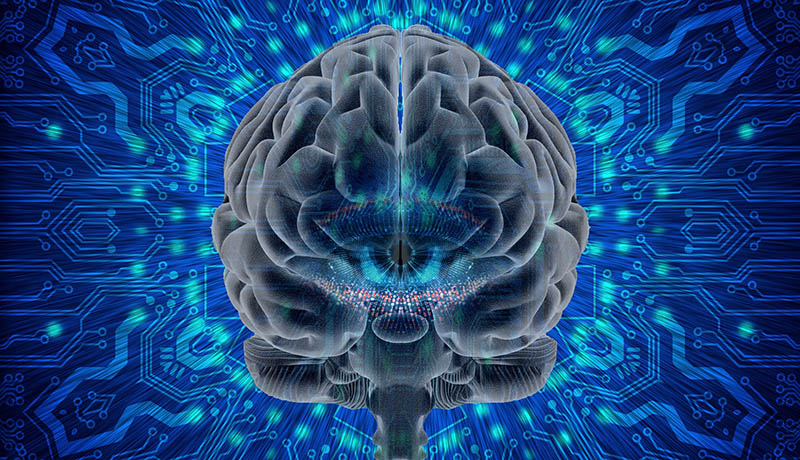
Unlocking the mysteries of the brain
Researchers in the Neural Engineering Lab at Mizzou Engineering are collaborating with neuroscientists to develop computational models aimed to boost our understanding of how the human brain works — a massive feat considering there are roughly 86 billion neurons in each of our heads.
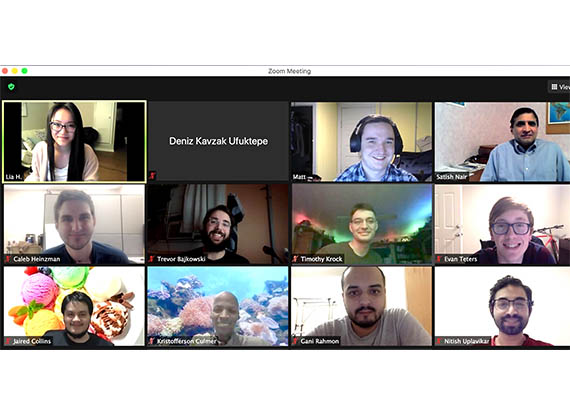
Professor Shares Insights into Neural Engineering
A highly renowned researcher took a few minutes out of his busy schedule this week to address graduate students in the Electrical Engineering and Computer Science Department. Satish S Nair is an EECS professor, director of the Neural Engineering Lab and one of the first researchers to begin using engineering principles to better understand the…
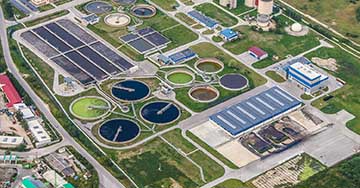
Mizzou Engineering Team Develops New Model to Predict Algae Growth
Two Mizzou Engineering departments have teamed up to develop a new computer model that will predict algae growth. The research has the potential to increase algae production—and that could lead to cleaner water supplies.
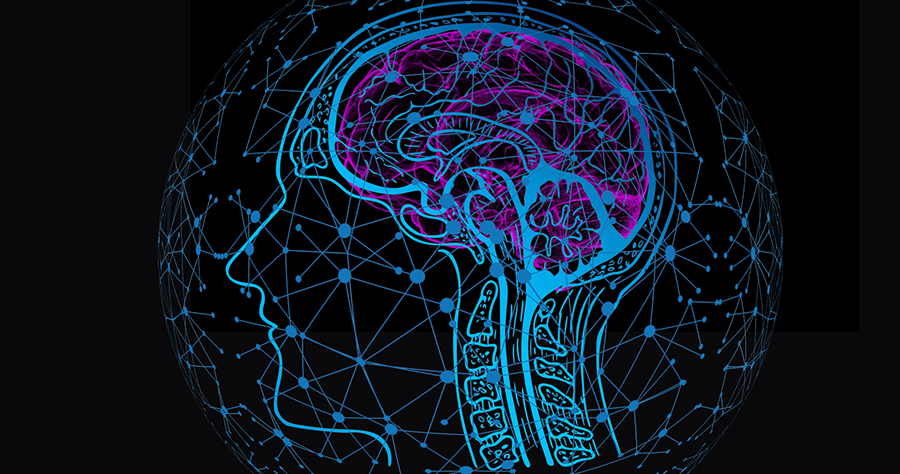
Mizzou Engineering Offers Certificates in Neural Engineering
Neural engineering—the study of the brain’s complex circuits—is a growing field leading to major medical breakthroughs. Now, students can tap into the field with certificates in neural engineering at Mizzou Engineering.
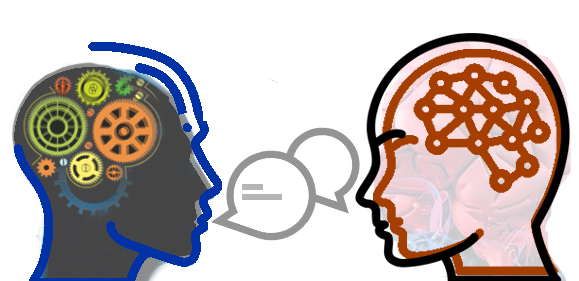
Mizzou Engineers Develop New AI Advisor
Want your smartphone to find a restaurant? No problem. Want artificial intelligence to help you plan a healthy diet on a grocery budget of $400 a month? You’re on your own. But research around artificial intelligence happening at Mizzou Engineering may change that. Associate Professor Prasad Calyam and his students from Electrical Engineering and Computer Science are developing an AI advisor that could help smartphones talk you through the tough questions.
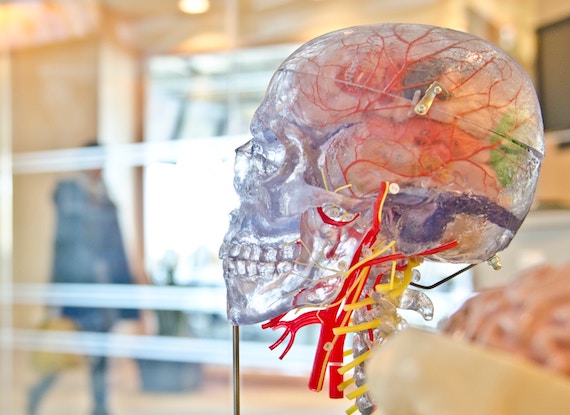
Feeling anxiety? Reverse-engineering the brain could help
The anxiety you may be feeling right now in the midst of the COVID-19 pandemic stems back to our prehistoric need to survive. Biologists have explored this principle for decades. Those breathing techniques that your mobile app, HR office or best friend might be recommending? They can help—psychology studies have proven this. But what’s happening inside your brain during those deep breaths? That’s a problem for engineering.

Mizzou Engineers leading UM System effort for computational data hub
The upcoming NextGen Precision Health Institute will bring researchers from across MU and the UM System together in one world-class facility to collaborate on the kinds of research that will shape the way the world uncovers precision health outcomes for individual patients.
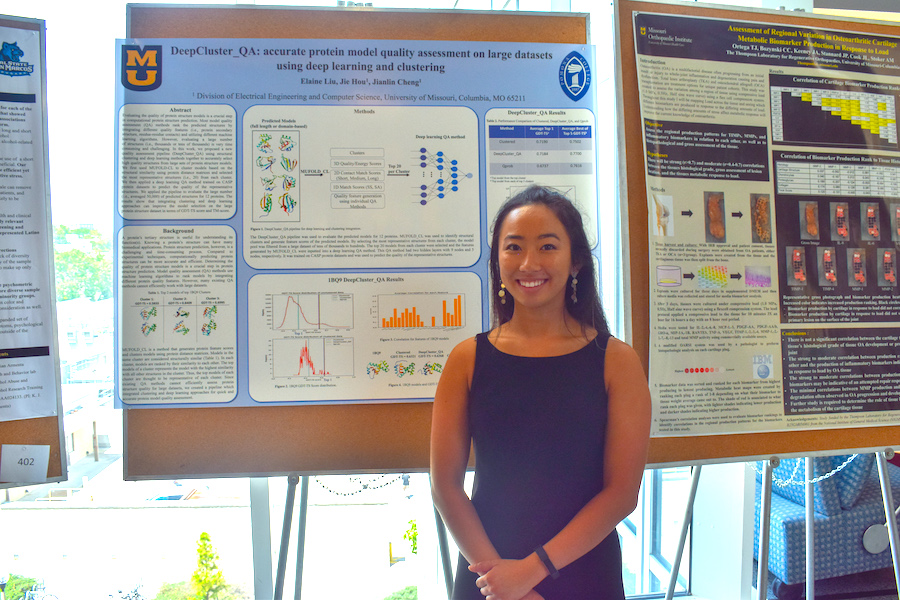
Trio of federally-funded programs showcase computational neuroscience
If you’re looking for a holistic approach to neuroscience research and education, the University of Missouri is the place to be each summer thanks to three federally funded, interdisciplinary programs. Electrical Engineering & Computer Science Professor Satish Nair leads an interdisciplinary team of faculty and grad students who put on two programs funded by the National Science Foundation and another by the National Institutes of Health.
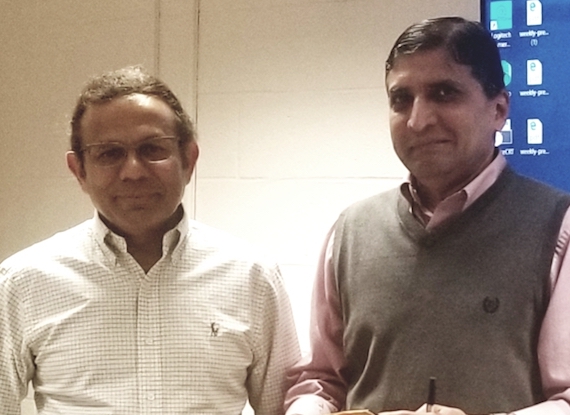
Mizzou Engineering’s Nair named ASME fellow
Satish Nair recently received a top accolade in his field, earning election as a fellow of the American Society of Mechanical Engineering. Nair, a professor of Electrical Engineering and Computer Science, joined the ranks of top ASME members honored for their tremendous achievements in the engineering field.